Renewable Energy Powered Plugged-In Hybrid Vehicle Charging System for Sustainable Transportation
Abstract
:1. Introduction
2. State of the Art
3. Major Challenges
4. Operation of the Proposed Converter
4.1. Mode 1 ()
4.2. Mode 2 ()
4.3. Mode 3 ()
4.4. Mode 4 ()
5. Steady State Analysis
5.1. Dc Voltage Gain Equation
5.2. Input Inductor Design
5.3. VDR Capacitor Design
6. Experimental Implementation
6.1. Specifications
- System Input voltage: 20 V–24 V
- Switching frequency: 100 kHz
- Output voltage: 300 V–400 V
- Output power: 280 W
- Output voltage ripple: <0.2%
- Input current ripple: <1.2%
6.2. Component Specifications
- System Input inductor, Lin: 150 µH
- Transformer turns ratio: 6 µH
- Output voltage: 1:2
- VDR capacitor: 1.2 µF
- Output filter capacitor: 0.33 µF
6.3. System Simulation
6.4. Hardware Implementation
7. Conclusions
Author Contributions
Funding
Acknowledgments
Conflicts of Interest
References
- Chakraborty, S.; Vu, H.N.; Hasan, M.M.; Tran, D.D.; Baghdadi, M.E.; Hegazy, O. DC-DC Converter Topologies for Electric Vehicles, Plug-in Hybrid Electric Vehicles and Fast Charging Stations: State of the Art and Future Trends. Energies 2019, 12, 1569. [Google Scholar] [CrossRef] [Green Version]
- Sayed, K. Zero-voltage soft-switching DC–DC converter-based charger for LV battery in hybrid electric vehicles. IET Power Electron. 2019, 12, 3389–3396. [Google Scholar] [CrossRef]
- Xue, L.; Shen, Z.; Boroyevich, D.; Mattavelli, P.; Diaz, D. Dual active bridge-based battery charger for plug-in hybrid electric vehicle with charging current containing low frequency ripple. IEEE Trans. Power Electron. 2015, 30, 7299–7307. [Google Scholar] [CrossRef] [Green Version]
- Kushwaha, R.; Singh, B. UPF-isolated zeta converter-based battery charger for electric vehicle. IET Electr. Syst. Transp. 2019, 9, 103–112. [Google Scholar] [CrossRef]
- Garcés Quílez, M.; Abdel-Monem, M.; El Baghdadi, M.; Yang, Y.; Van Mierlo, J.; Hegazy, O. Modelling, analysis and performance evaluation of power conversion unit in g2v/v2g application—A review. Energies 2018, 11, 1082. [Google Scholar] [CrossRef] [Green Version]
- Child, M.; Nordling, A.; Breyer, C. The impacts of high V2G participation in a 100% renewable Åland energy system. Energies 2018, 11, 2206. [Google Scholar] [CrossRef] [Green Version]
- Beachley, N.H.; Frank, A.A. Electric and electric-hybrid cars-evaluation and comparison. SAE Tech. Paper 1973, 1, 55–65. [Google Scholar]
- Kanimozhi, G.; Sreedevi, V.T. Semibridgeless Interleaved PFC Boost Rectifier for PHEV Battery Chargers. IETE J. Res. 2019, 65, 128–138. [Google Scholar] [CrossRef]
- BMW. Electric cars and plug-in hybrids explained. BMW Appl. Note 2020, 7, 1–6. [Google Scholar]


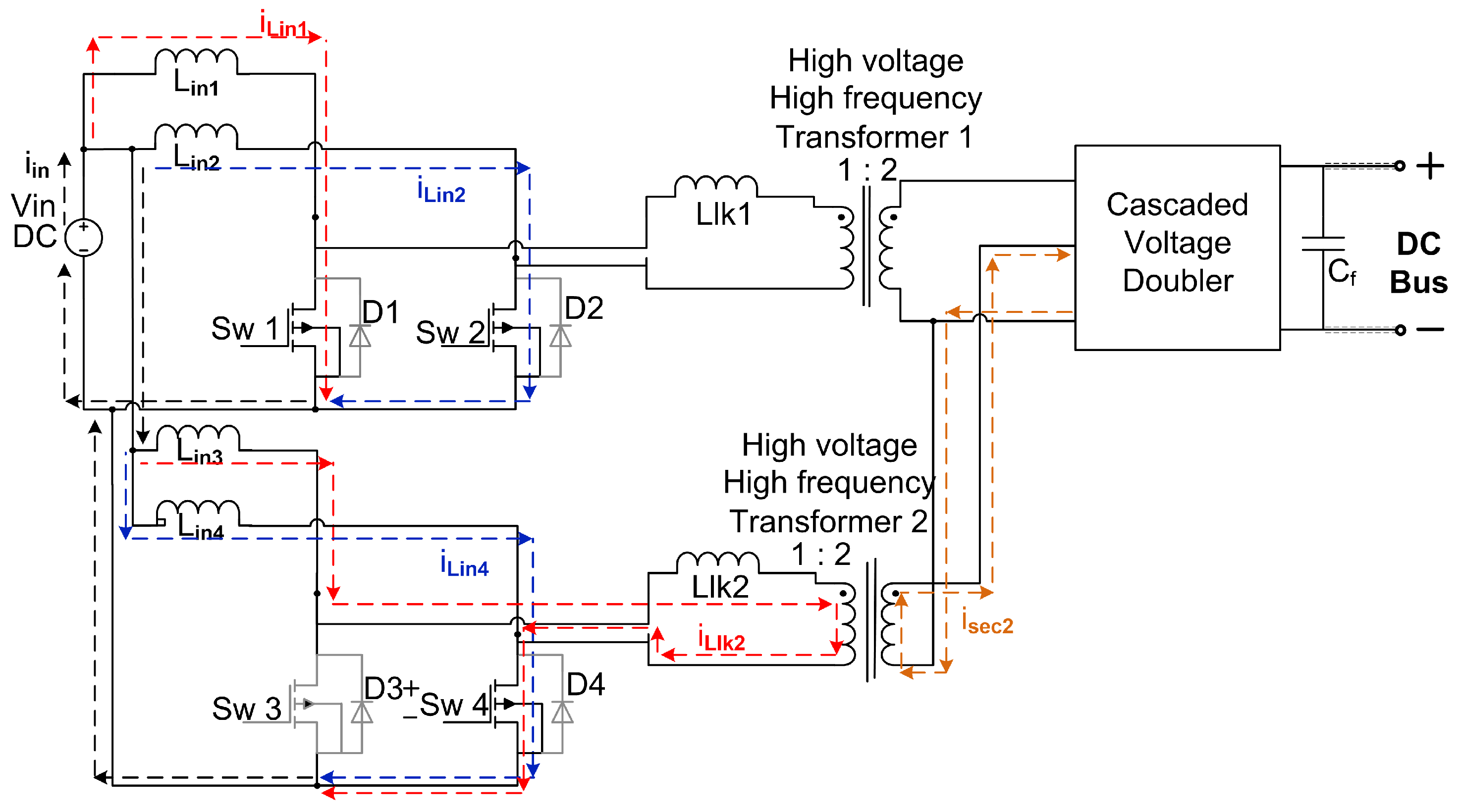
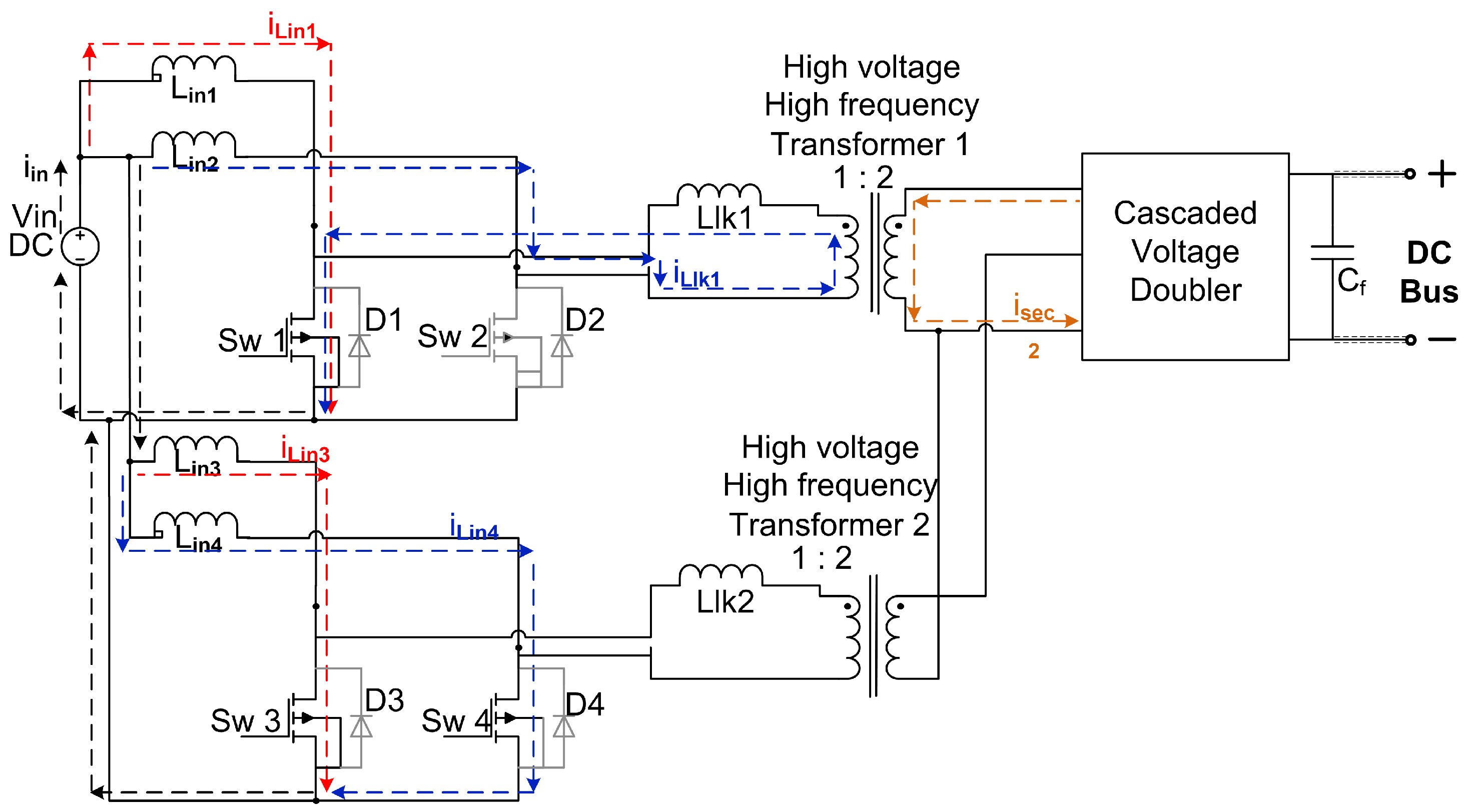



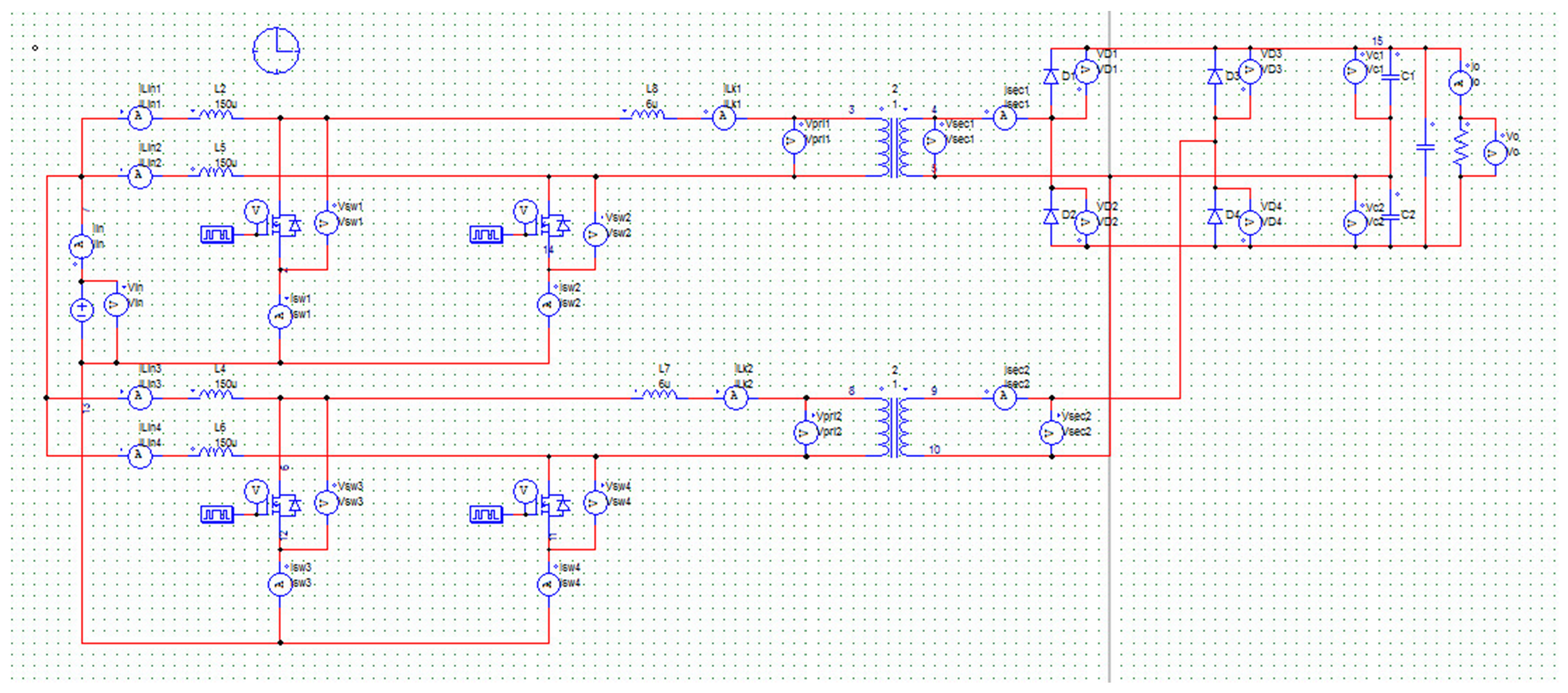
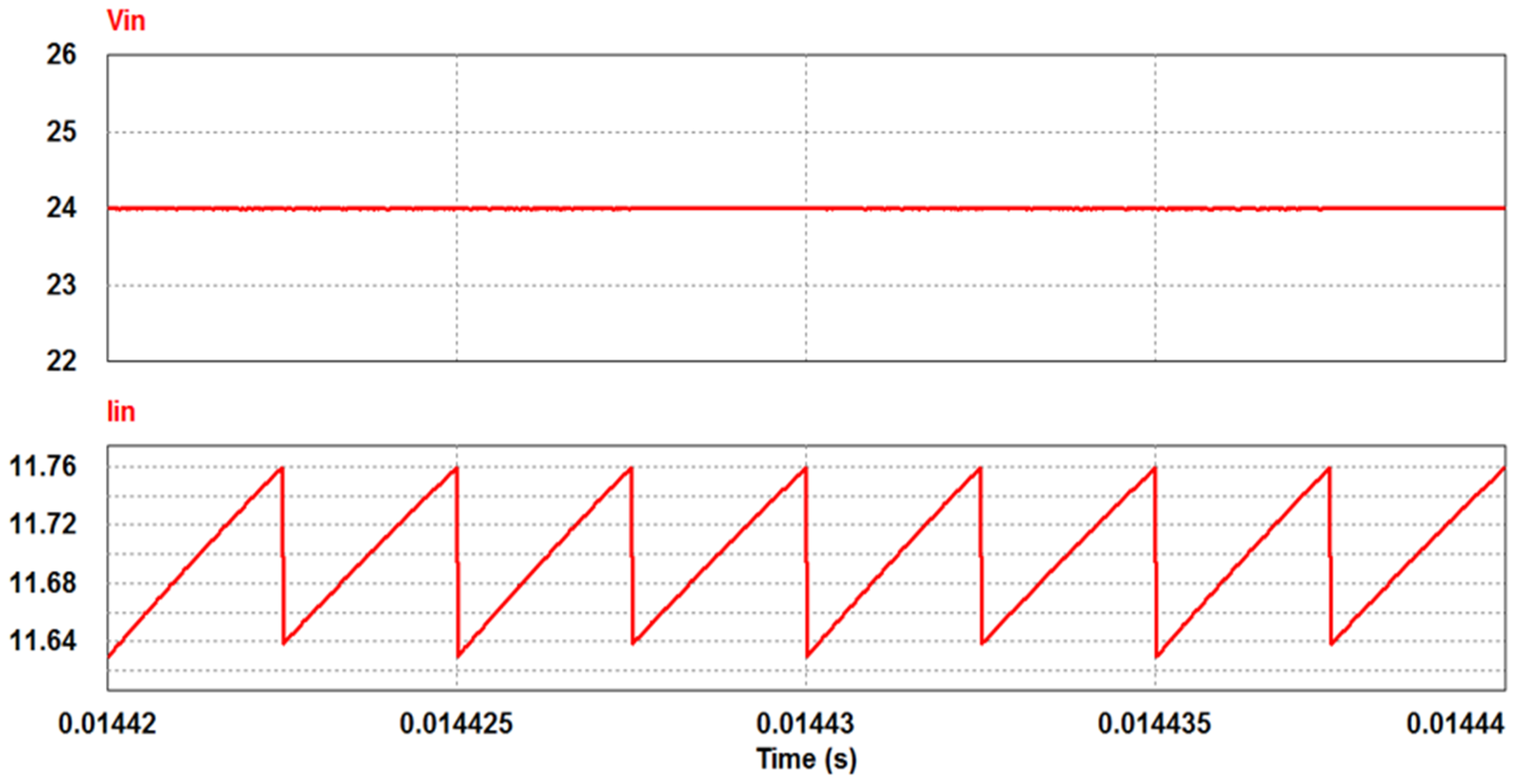
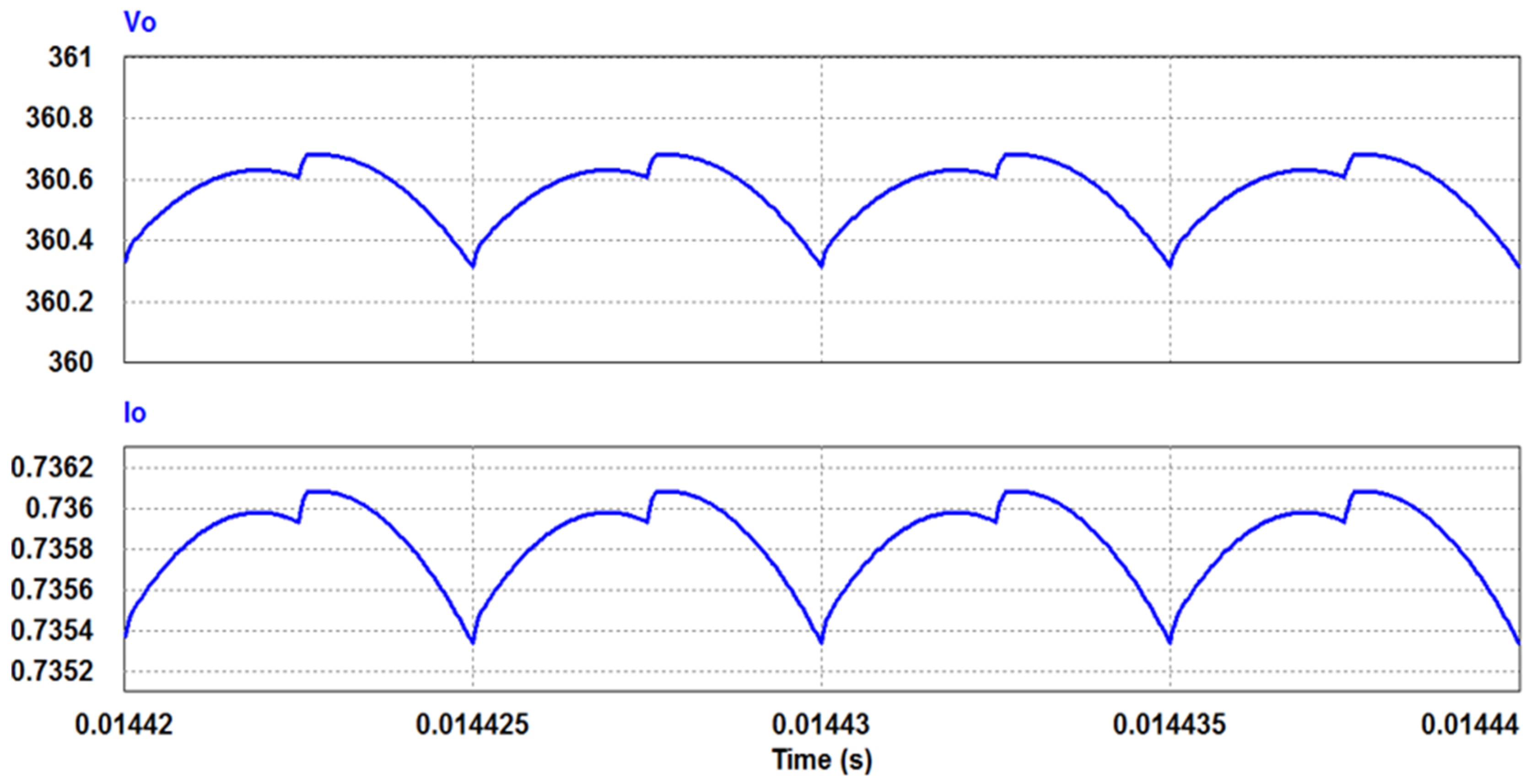


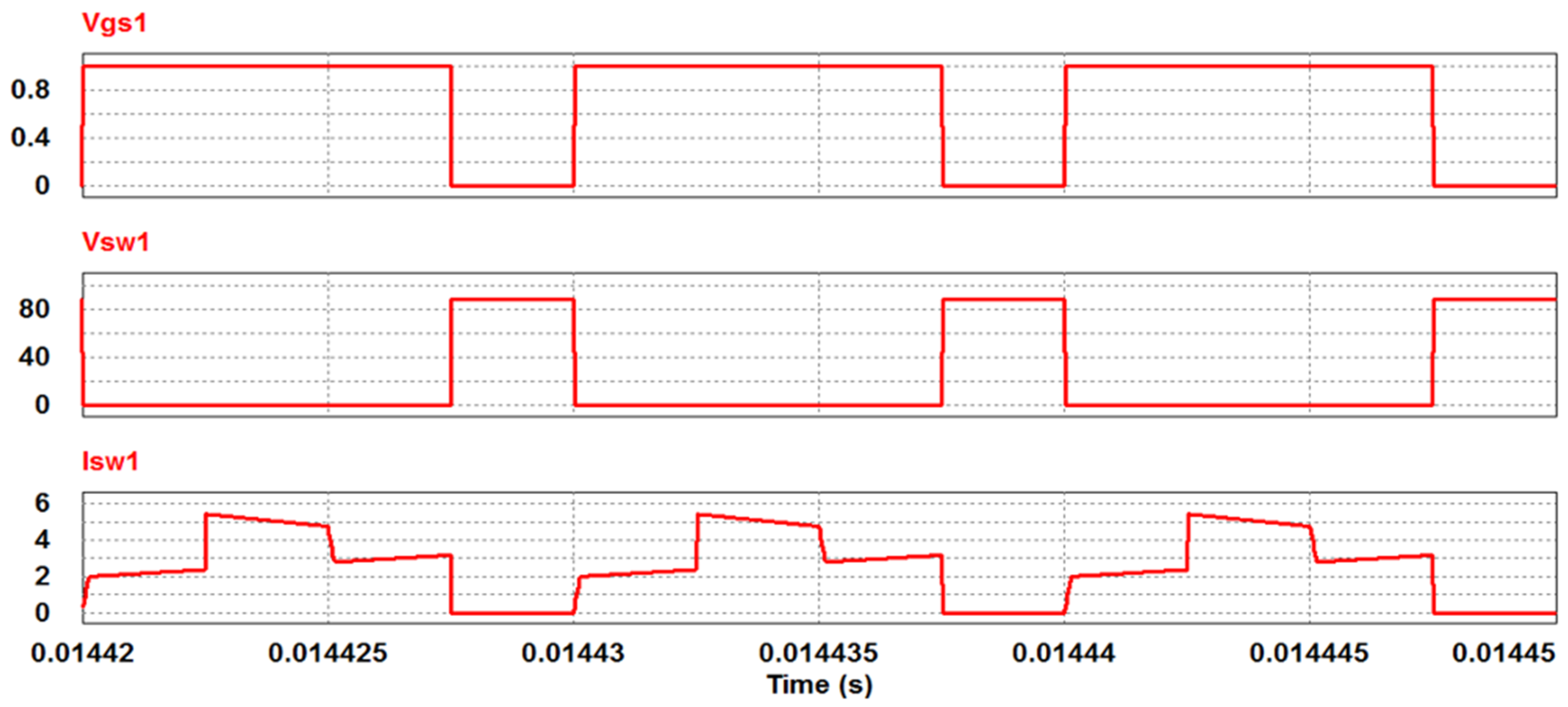



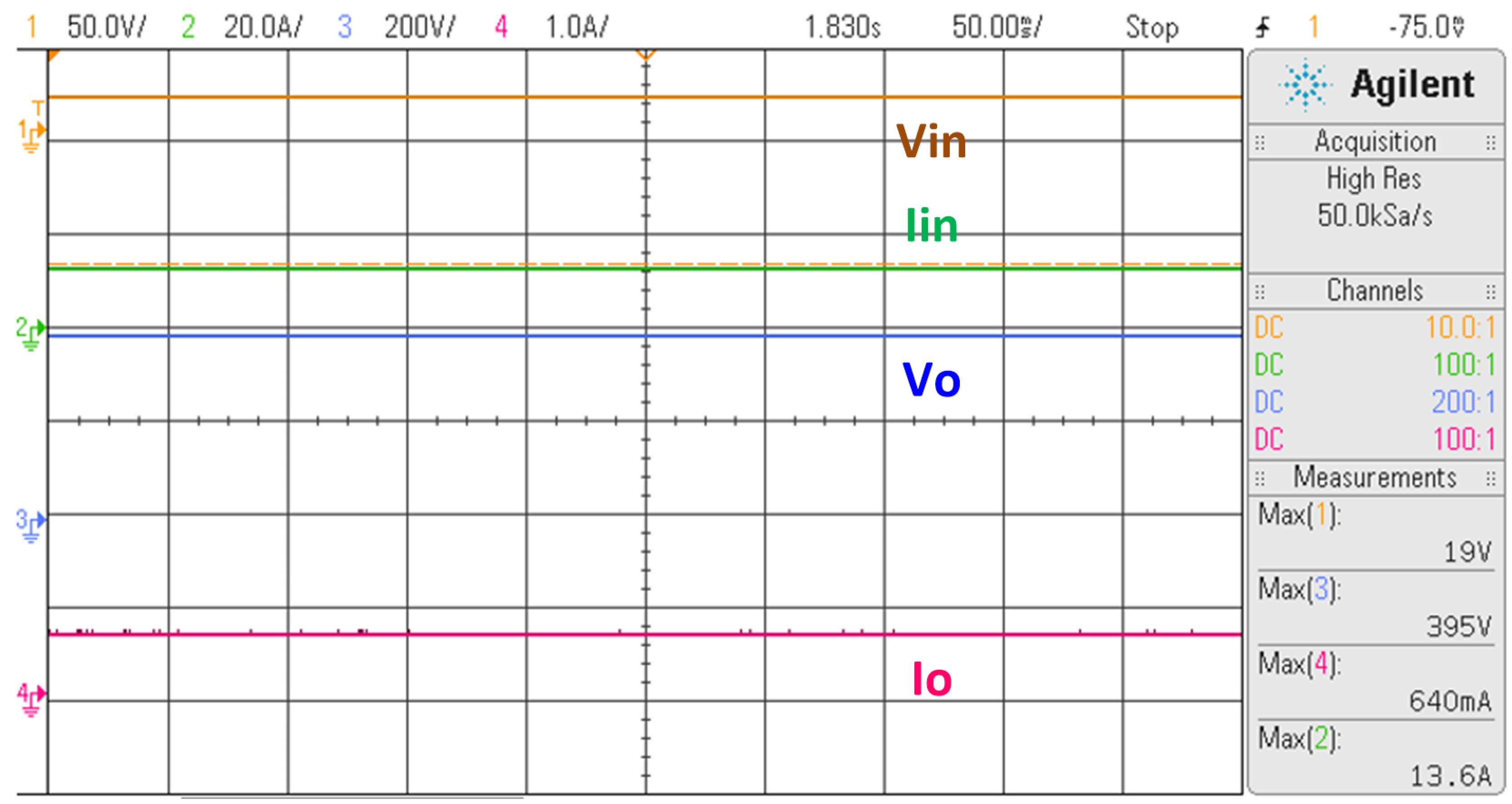


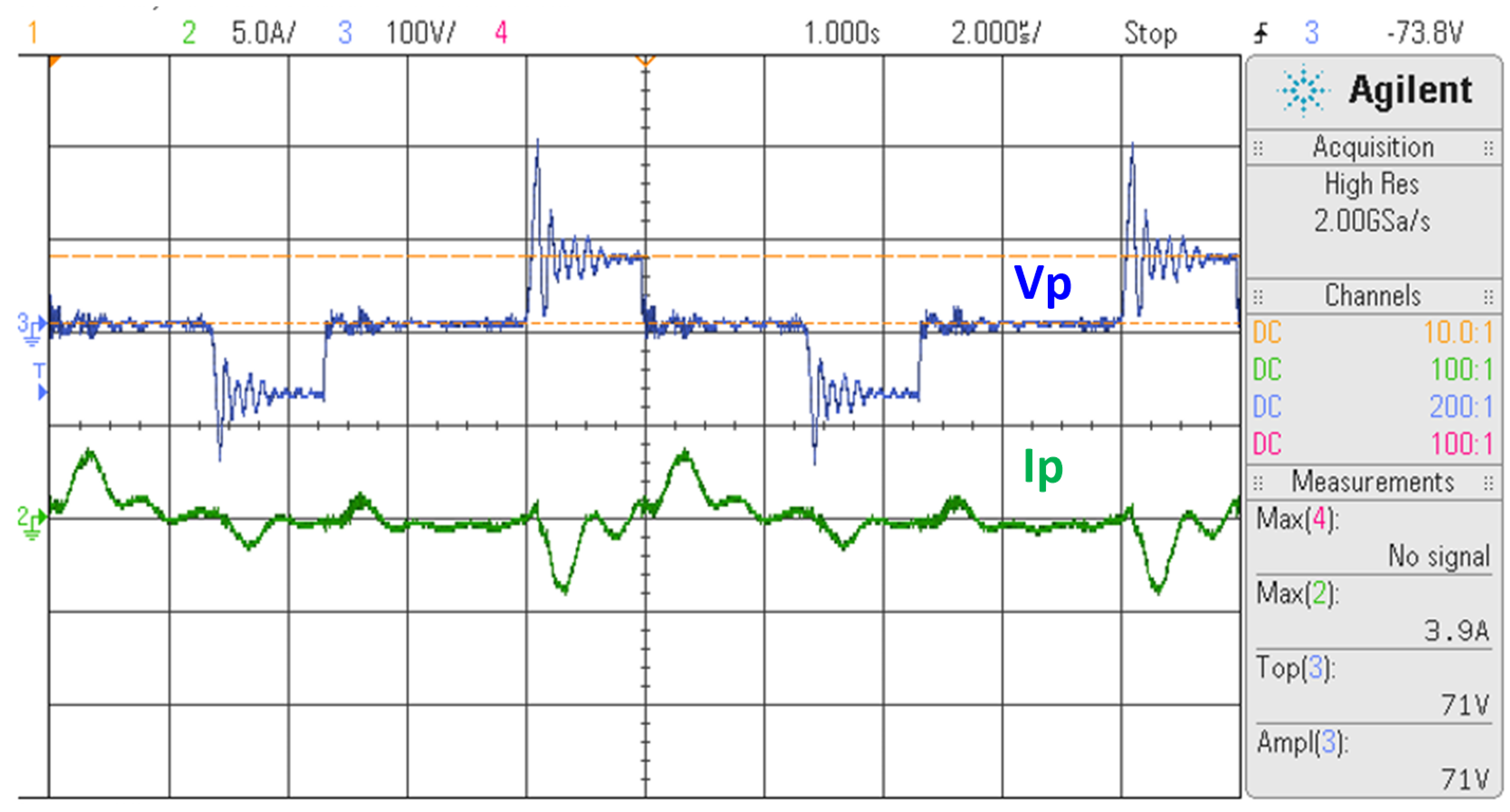
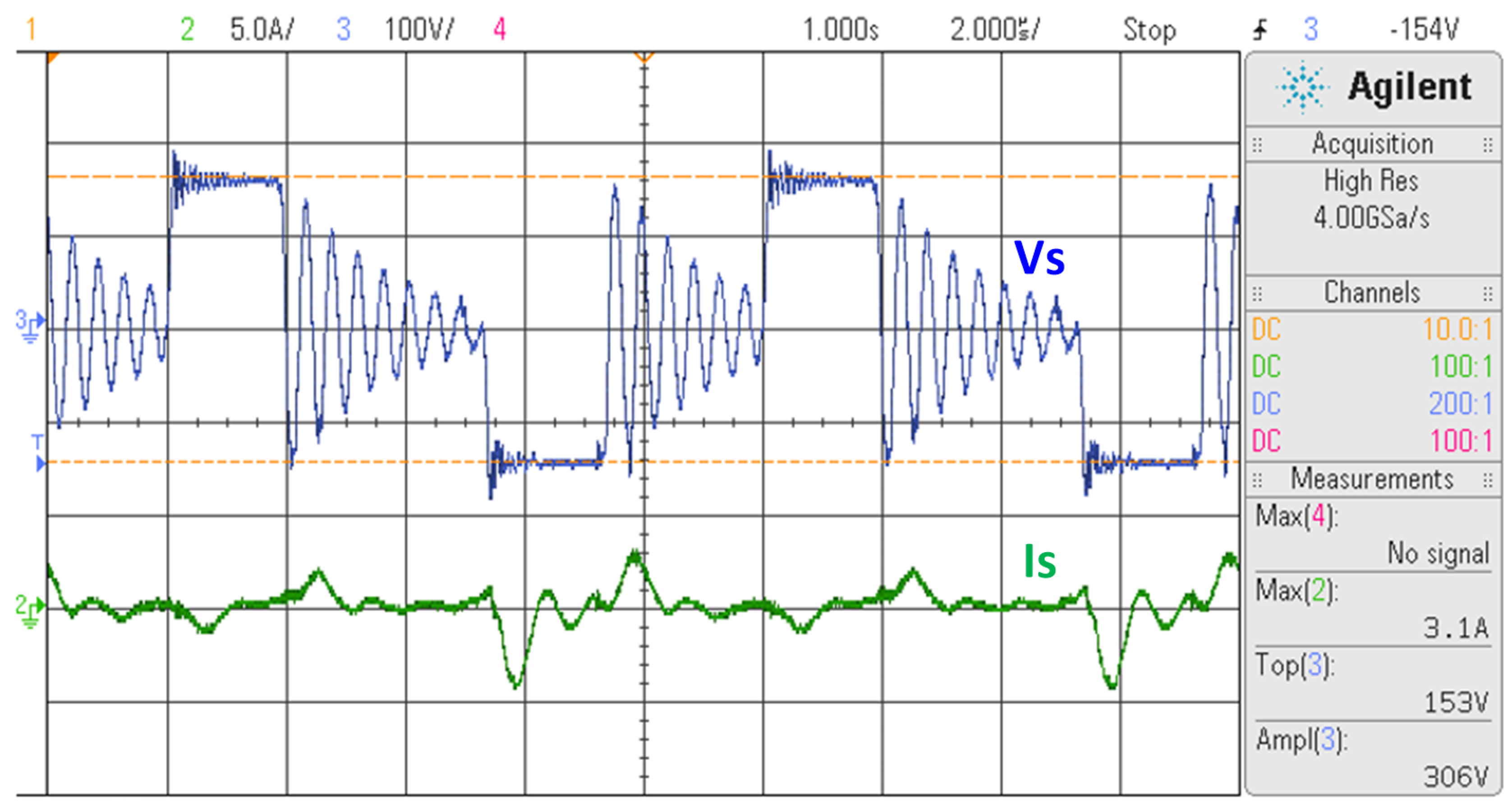
| Global Vehicle Ownership (Units in Million) | ||||
|---|---|---|---|---|
| 2010 | 2020 | 2030 | 2035 | |
| Asia | 240 | 401 | 577 | 686 |
| North America | 263 | 301 | 336 | 352 |
| Latin America | 94 | 157 | 214 | 233 |
| OECD Europe | 372 | 434 | 485 | 501 |
| Middle East | 29 | 45 | 67 | 77 |
| Africa | 26 | 34 | 45 | 52 |
| Oceania | 18 | 21 | 24 | 25 |
| Global Total | 1043 | 1392 | 1747 | 1926 |
| Sl. No. | Comparison | ||
|---|---|---|---|
| Combustion Engine Vehicles | Electric Vehicles | Fuel Cell Vehicles | |
| 1 | Longer Driving range | Shorter driving range | Longer Driving range |
| 2 | Refueling time is less | Charging time is more | Refueling time is less |
| 3 | Low initial cost | High initial cost | High initial cost |
| 4 | Running cost is high | Running cost is low | Running cost is high |
| 5 | Fuel tank to wheel efficiency is 25–30% | Battery to wheel efficiency is 75–80% | Fuel cell to wheel efficiency is 75–80% |
| 6 | Noise pollution | No noise pollution | No noise pollution |
| 7 | Requires gear assembly | Does not require gear assembly | Does not require gear assembly |
| 8 | Pollutes the environment | Pollution-free performance | Pollution-free performance |
| 9 | Costly maintenance | Easy a cheaper maintenance | Easy a cheaper maintenance |
| 10 | Complex control | Easy and smooth control | Easy and smooth control |
| Parameter | Specification |
|---|---|
| Input voltage (Boost mode) | +25 V -0- −25 V |
| Output voltage (Boost mode) | +100 V -0- −100 V (Line to line 200 V) |
| Input voltage (Buck mode) | +80 V -0- −80 V |
| Output voltage (Buck mode) | +20 V -0- −20 V |
| Frequency, Boost duty and buck duty | 50 kHz, 0.75 and 0.25 |
| dSPACE kit | DS 1104 |
| Opto driver | HCPL 3120 |
| MOSFET Switch | IRF 640N, 200 V, 18 A |
| Fixed inductors (Ferrite core) | 2 mH |
| MKP capacitors | 20 µF |
| A resonant inductor (Ferrite core) | 35 µH |
| Resonant capacitor (MKP) | 2 µF |
| Sl. No | Parameter | Simulation Values | Prototype Hardware Values | Units |
|---|---|---|---|---|
| 1 | Designed Power Rating | 280 | 272 | Watt |
| 2 | Operating frequency | 100 | 100 | kHz |
| 3 | Input Voltage Range | 20–24 | 20 | Volt |
| 4 | Average Input current | 11.7 | 13.6 | Ampere |
| 5 | Average output Voltage | 300–400 | 395 | Volt |
| 6 | Average output Current | 0.7–0.93 | 0.64 | Ampere |
| 7 | Output Power Obtained | 264.6 | 252.8 | Watt |
| Efficiency | 92.9% | |||
© 2020 by the authors. Licensee MDPI, Basel, Switzerland. This article is an open access article distributed under the terms and conditions of the Creative Commons Attribution (CC BY) license (http://creativecommons.org/licenses/by/4.0/).
Share and Cite
Devaraj, E.; Joseph, P.K.; Karuppa Raj Rajagopal, T.; Sundaram, S. Renewable Energy Powered Plugged-In Hybrid Vehicle Charging System for Sustainable Transportation. Energies 2020, 13, 1944. https://doi.org/10.3390/en13081944
Devaraj E, Joseph PK, Karuppa Raj Rajagopal T, Sundaram S. Renewable Energy Powered Plugged-In Hybrid Vehicle Charging System for Sustainable Transportation. Energies. 2020; 13(8):1944. https://doi.org/10.3390/en13081944
Chicago/Turabian StyleDevaraj, Elangovan, Peter K. Joseph, Thundil Karuppa Raj Rajagopal, and Senthilarasu Sundaram. 2020. "Renewable Energy Powered Plugged-In Hybrid Vehicle Charging System for Sustainable Transportation" Energies 13, no. 8: 1944. https://doi.org/10.3390/en13081944







